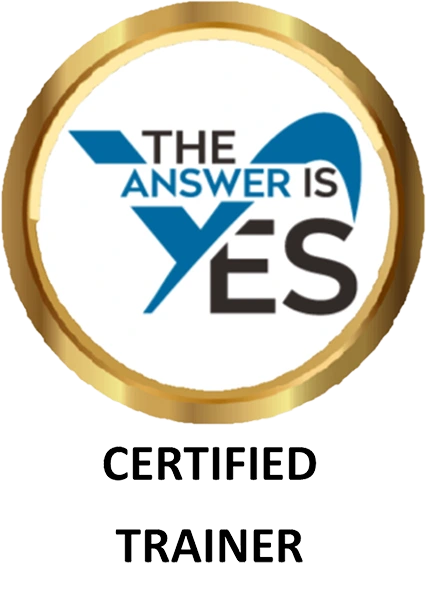In case you were wondering why we even care about Bloom’s Taxonomy of Behavioral Learning Objectives– the primary reason is that once we know the desired target level of learning, we can select the most appropriate learning method to accomplish it. It also clearly identifies the limitations of some learning methods, particularly lecture, which alone can only accomplish knowledge and nothing further.
After I presented the revision in the last Tip, I sat with it for a while and made a decision for myself. I decided that I did not like the new labels for the different levels, but could see the value of interchanging the top two levels.
So, instead of discussing the important characteristics of the revised model in this Tip, I would like to present the compromise Taxonomy that I personally plan to use:
- Knowledge: Retrieving, recognizing, and recalling relevant knowledge from long-term memory.
- Comprehension: Constructing meaning from oral, written, and graphic messages through interpreting, exemplifying, classifying, summarizing, inferring, comparing, and explaining.
- Application: Carrying out or using a procedure through executing, or implementing.
- Analysis: Breaking material into constituent parts, determining how the parts relate to one another and to an overall structure or purpose through differentiating, organizing, and attributing.
- Evaluation: Making judgments based on criteria and standards through checking and critiquing.
- Creation: Putting elements together to form a coherent or functional whole; reorganizing elements into a new pattern or structure through generating, planning, or producing.





